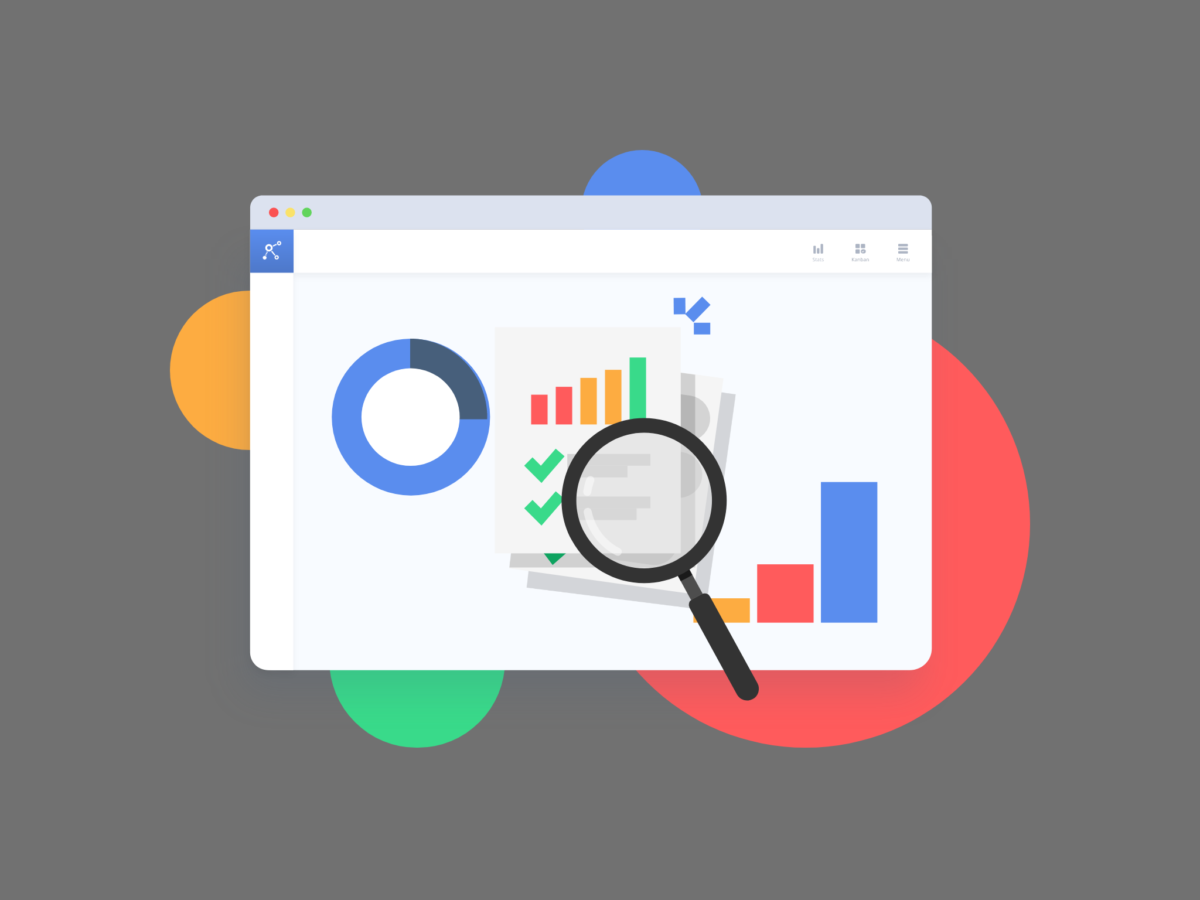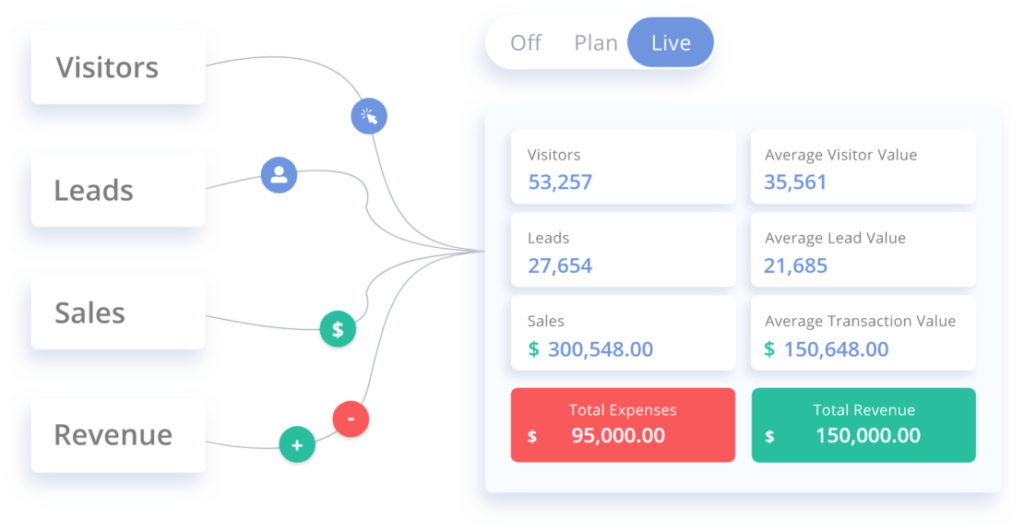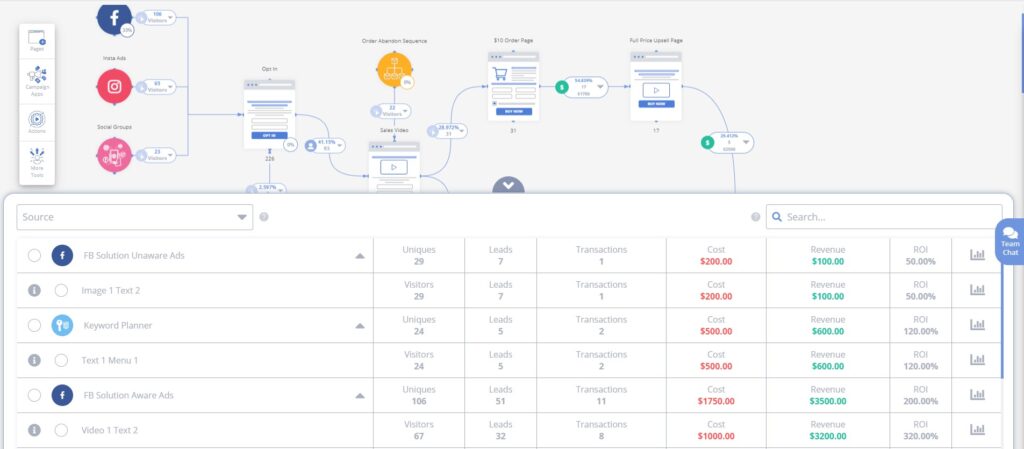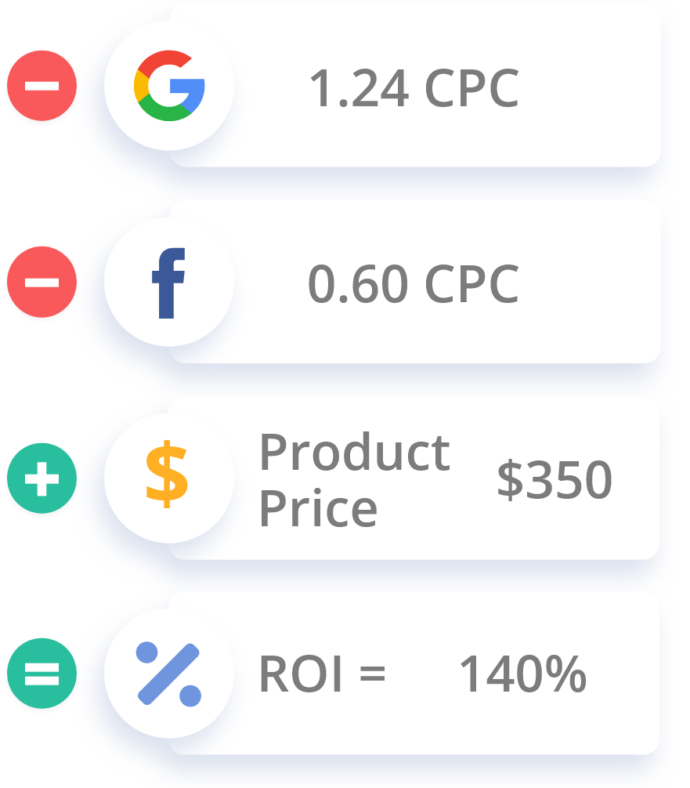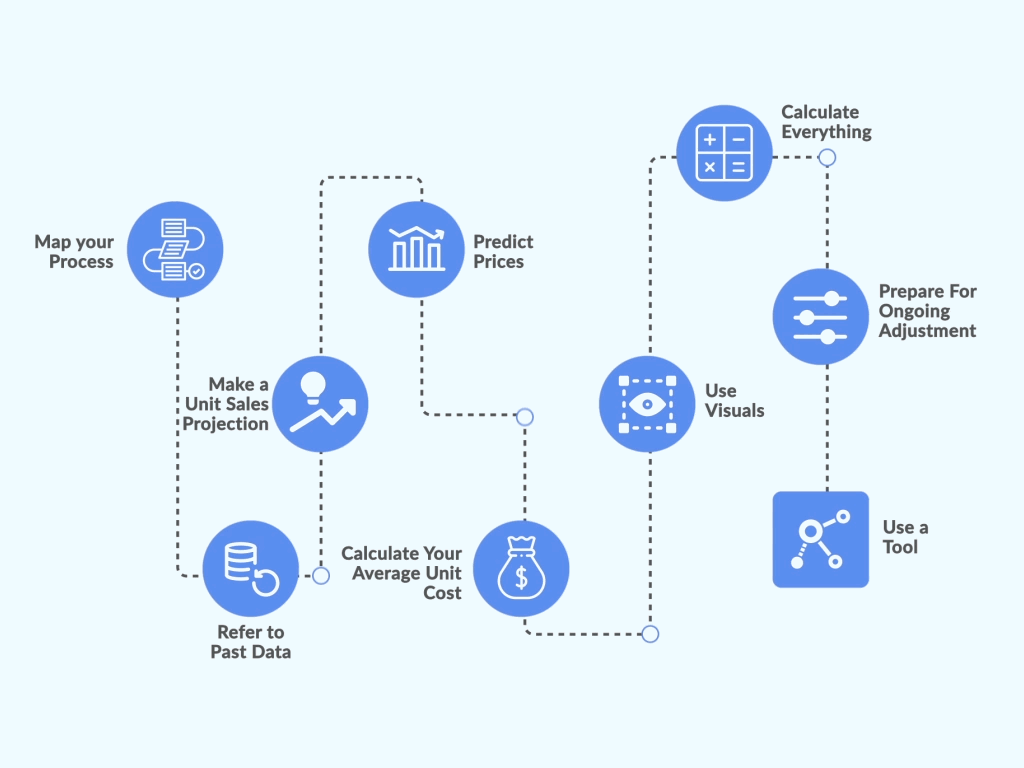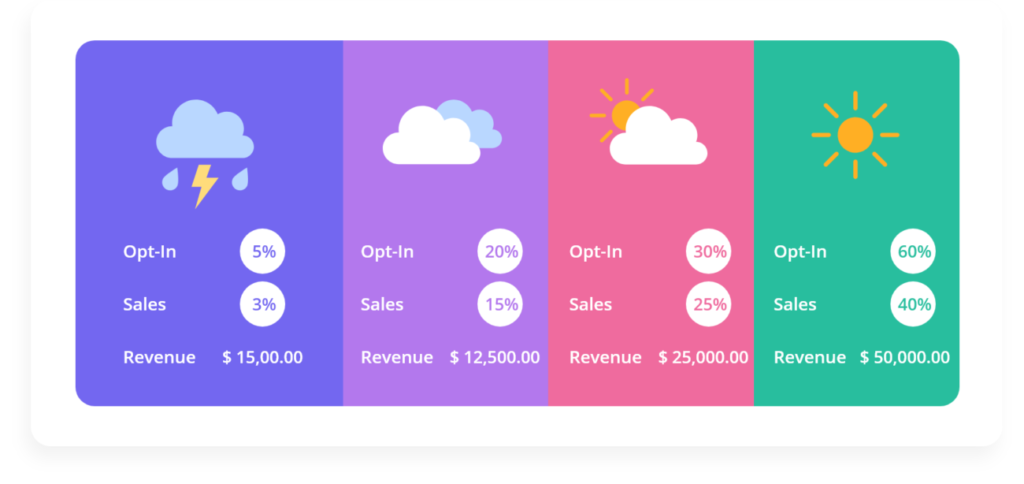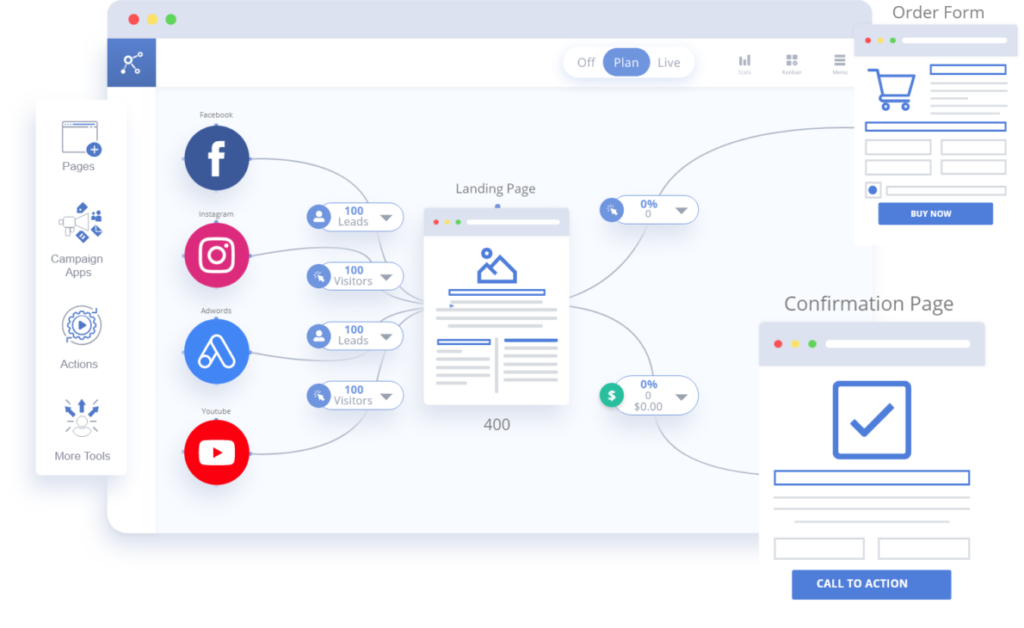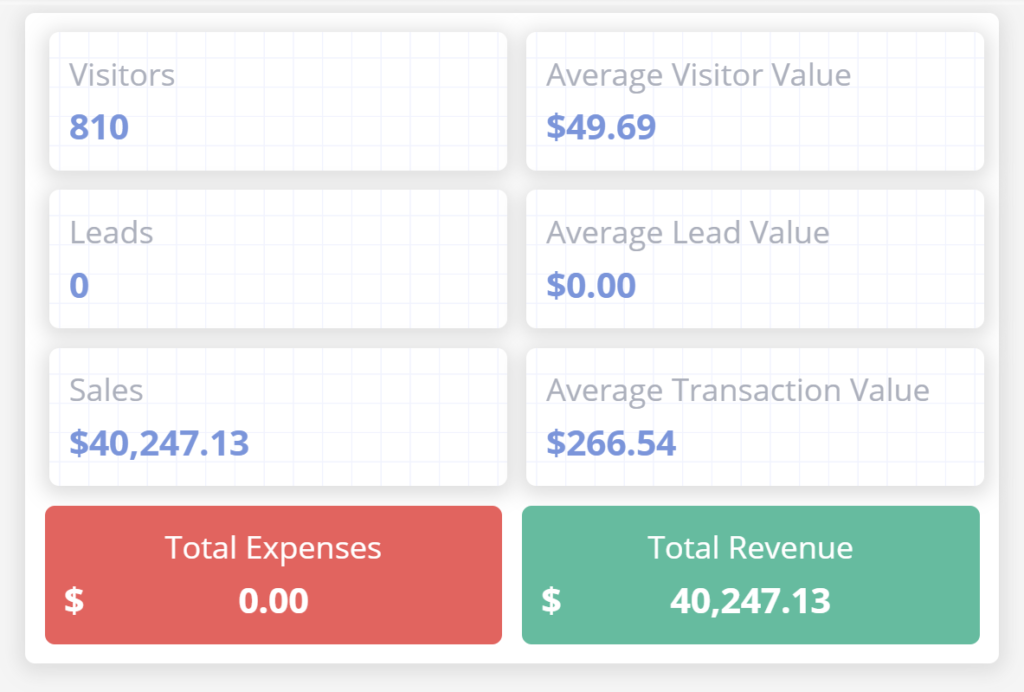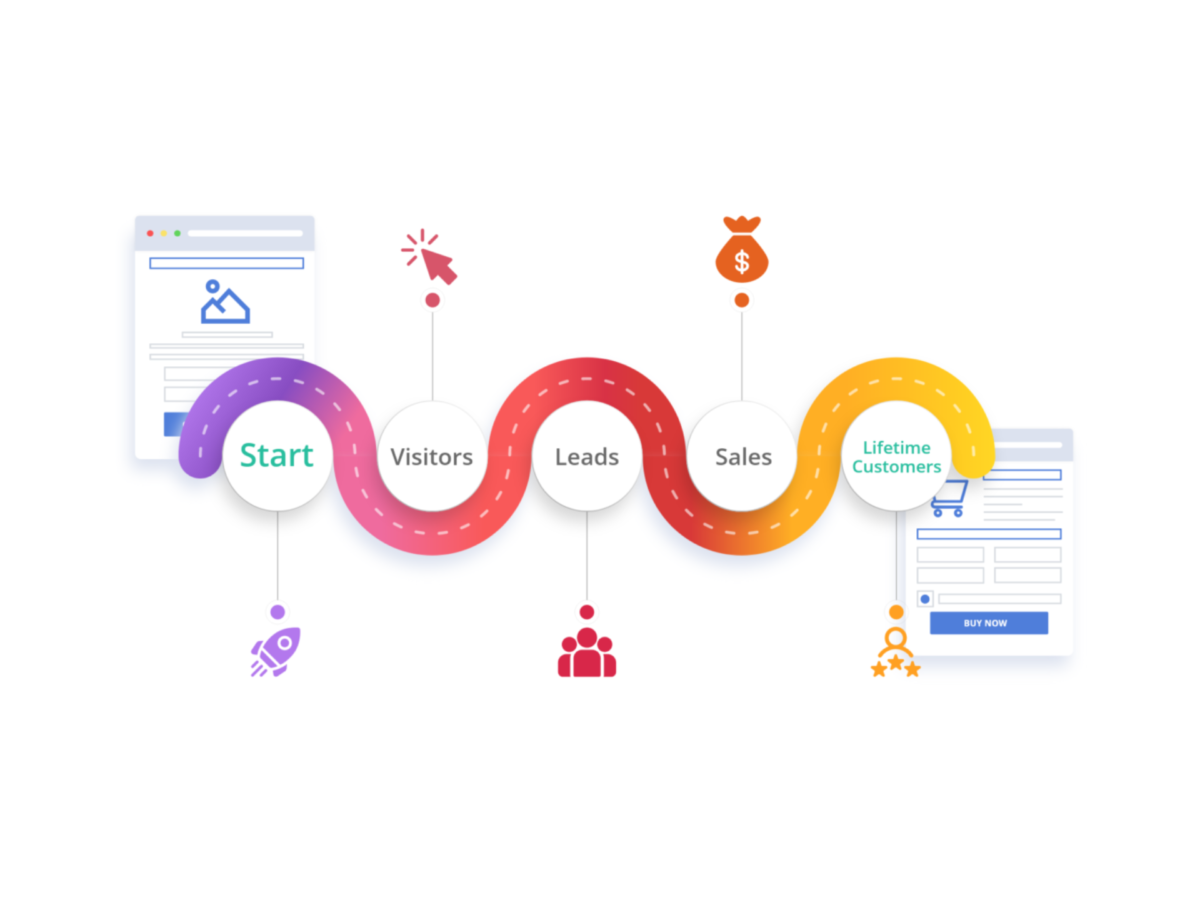Being new to the world of marketing can be daunting, especially if you don’t know where to begin. As a rule of thumb, you’ll never want to skip over a marketing plan, which will allow investors to get a better grasp of how their commitment to your business will generate a positive return.
Similarly, if you’re selling your business, having a marketing plan and strategy already set up for your successor is an excellent selling point. Even if you aren’t seeking external support, having a marketing plan software in place can help you get the ball rolling as quickly as possible.
What is a Marketing Plan?
A marketing strategy isn’t just about building content or spending on ads that lands your business quality leads and results in an attractive number of conversions. You’re going to want to know how to get there in the first place.
An effective marketing strategy consists of:
- How you intend for your business to be perceived
- Who your target audience is and how to best approach them
- What your route to market is and how your offerings are segmented
- What your core mission and vision is and how this can enhance your marketing efforts
- What your marketing activity intends to deliver
However, before execution of a marketing strategy comes a marketing plan. Approach a market plan tactically. Treat it similarly to the step that comes before crafting for your first prototype. With one in place, there is less room for error and more room to grow.
Why is Marketing Plan Important?
How you plan the strategic direction of your business can have a direct impact on the actual results that you reap. A marketing plan is what holds everything together, allowing you to keep an eye on whether the right activities are taking place at the right time in front of the right people and using the right platforms.

If your dozens of attempts at various marketing strategies aren’t giving you a better idea of what is and isn’t working, chances are you’re lacking a solid marketing plan. Such is also the case if the activities you’re implementing are interfering more with your business operations rather than making them more efficient.
The formula for a thriving business is having your business strategy, marketing strategy, and marketing plan functioning totally in sync. The more in tune you are with your business goals, the more efficiently you can perform daily tasks that make a positive impact on the bigger business picture.
For a breakdown of why a marketing plan is so crucial for your business, read on.
Focus
A blueprint requires a clear school of thought, which means a marketing plan will give you the opportunity to thoroughly determine what types of activities can direct your eventual strategy.
Especially for entrepreneurs, it can be easy to become distracted by a new opportunity. If you’re making any tactical changes to your strategy, you’ll want to make sure these can be properly implemented in the first place. Flexibility has its perks but a lack of focus can often prevent you from seeing certain opportunities through to the end.
With a marketing plan, you can always keep track of whether these new and existing activities are aligning with the direction your business is strategically following.
Plan and manage resources effectively
A lack of budget and marketing resources will usually indicate that your business isn’t entirely sure of what it needs or should be doing in the first place. Implementing a marketing plan and strategy from the very beginning allows you to set aside the correct amount for your marketing budget.
It will also help you determine the level of resources you’ll need to deliver the strategy to completion. Remember, resources don’t entirely depend on your internal manpower. You can easily outsource specialists in web design and social media or even incorporate a marketing plan tool. This is especially helpful when you aren’t currently employing anyone with a specialization in marketing.
Another important resource a marketing plan can help you manage is time. With a clear plan of action in place, there’s less room to procrastinate or take shortcuts that can potentially harm your marketing output.
Transparency
Ultimately, the end goal of your marketing strategy is to generate a positive ROI. After all, if the investment you’re making on marketing efforts can barely break even with the profits you’re incurring, you probably aren’t doing it right. With a marketing plan, you can work on creating measurable goals that can be tracked and recorded over time.
If, for example, you’re launching an SEO campaign focused on the website content, how much website traffic and leads in your pipeline you’re earning can dictate the success of this action. The metrics you’ll be tracking will depend on your goals. However, the same principle applies across the board.
Data begets total transparency and can help you make more informed decisions regarding your overarching marketing strategy. It can also identify metrics that are underperforming and potential flaws that exist in your current system.
Consistency
When you find yourself in desperate need of sales, it can be all too easy to engage in sporadic marketing. Though a quick new wave of marketing activity is sometimes successful in pooling new clients, you often won’t have accounted for a dedicated resource and might suddenly have to halt your marketing efforts altogether. Spontaneity can be exciting and, sometimes, pay off, but isn’t always sustainable.
A lack of a marketing plan can cause an erratic pipeline of sales opportunities due to the unhealthy development of stop-start habits. Allocating a dedicated resource to your marketing plan will allow you to market your business consistently and efficiently, making it easier to keep track of monthly sales predictions. It’ll also guarantee a constant amount of sales flowing through your business funnel.
It provides clarity
At its very foundation, the key to a successful business is a team that knows what it’s doing. A clear marketing plan will outline growth targets, overall business goals, and how team members can contribute to the success of your ultimate strategy.
Not to mention, clarity allows employees to keep better track of their responsibilities, increases productivity, and enhances performance. The better your staff can manage themselves and obtain a clear, visual representation of the tasks they’ve already achieved, the more they’ll be motivated to perform their responsibilities well.
Conclusion
A marketing plan can prove itself helpful throughout any stage of your business but is especially effective when incorporated from the get-go. It helps direct your strategy and makes your marketing projects more purposeful and targeted. While it’s entirely possible to forego a marketing plan and still achieve business success, it could take you much longer and put you at risk of expending unnecessary resources.
For an all in one marketing platform that can help you execute your projects to the best of your ability, sign up with us at Market Plan today! With over 10 built-in marketing apps such as kanban task delegation, a blog, and keyword planner, and projections, all your marketing goals become that much more achievable.
